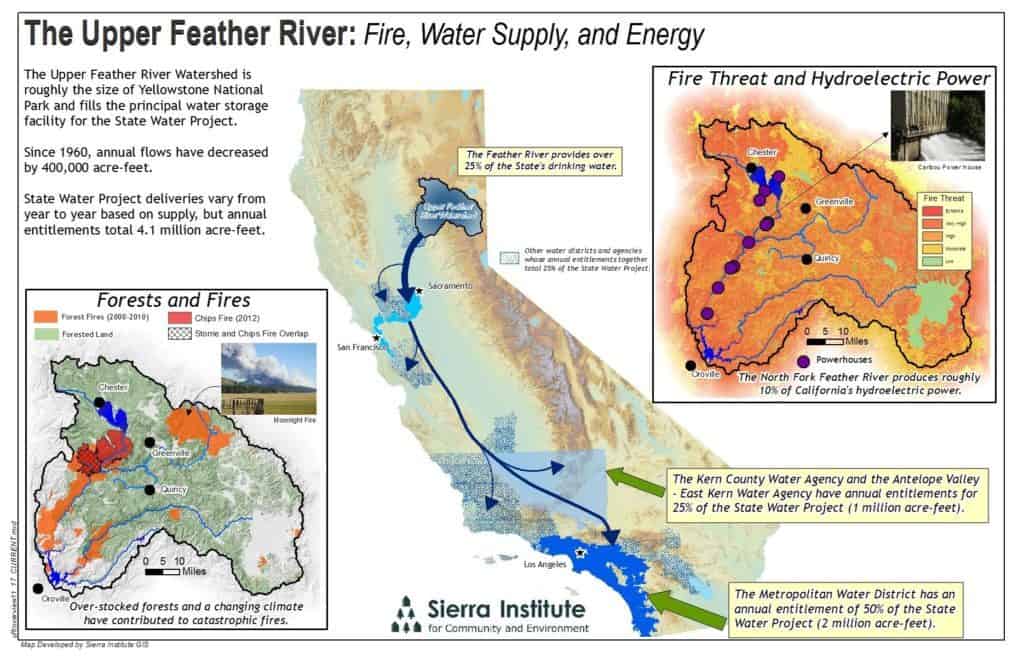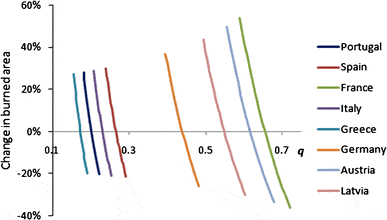The case of the Mount Graham red squirrel seems to be another example of where everyone agrees that fuel treatments make sense. According to the U. S. Fish and Wildlife Service, loss of habitat to fire is the primary threat to this species. The draft recovery plan was revised in 2011 largely due to unanticipated increases in the fire threat. It describes management occurring on the Coronado National Forest:
The Pinaleño Ecosystem Management (PEM) demonstration project, implemented from 2000
through 2008, is a large project in the mixed conifer zone of the Pinaleños. The PEM project
involved thinning, piling, burning, and sometimes broadcast burning in an area occupied by the
Mount Graham red squirrel, northern goshawk, Mexican spotted owl, and numerous USFS
Sensitive Species.Currently (2011), the Coronado National Forest has also proposed a larger fuel reduction and forest restoration project called the Pinaleño Ecosystem Restoration Project (PERP). This project is designed to help reduce the threat of catastrophic wildfire in much of the remaining mixed
conifer zone, and will begin to set the forest on a trajectory that will allow a low-intensity fire
cycle. Large-diameter trees, snags, and logs of all canopy species will be retained, while select
smaller-diameter under- and mid-story trees will be removed to achieve desired forest conditions
(considering species composition, life form structure, and landscape matrix of age classes). The
mixed conifer forest currently has the largest block of remaining squirrel habitat, and monitoring
of impacts to the red squirrel and its habitat is incorporated into the project’s design. This
project is currently undergoing formal consultation, and will take a decade or more to complete.
The success of this project in reducing the threat of stand-replacing wildfire, while having
minimal short-term impact on the Mount Graham red squirrel, will be key to setting the stage for
recovery of the species.
The project was ongoing in 2015, and there was apparently no litigation. (The Center for Biological Diversity has been active in challenging the main human threat – astronomers.) The key seems to be the mitigation measures that led to the FWS concluding there would be “minimal short-term impact” (and the squirrel’s limited range of around 12,000 acres probably helps). How then to interpret this statement in a story about a fire there this summer?
“Until they do something with the Endangered Species Act, we’re going to continue to have these (fires) because they don’t let them thin the mountain up manually because of the squirrel,” Weech said.

